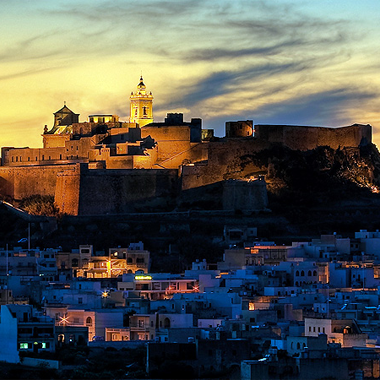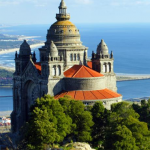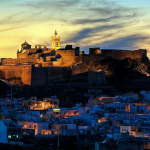
The sense of history in the Mediterranean is awe inspiring. Malta, in spite of its small size, is a historic giant – the Neolithic temples are about 1000 years older than the famous pyramids of Giza.
Malta has often been referred to as the island of sunshine and history – the countryside is dotted with mankind’s oldest known structures.
Malta has also been a strategic location for a long list of colonisers, but has achieved independence. Still staunchly Roman Catholic, the sense of community in this small country has served to welcome and impress travellers, without creating a ‘touristy’ atmosphere.
The Maltese capital is Valletta – described as a city built by gentlemen for gentlemen. It is a beautifully preserved 16th century walled city, awarded to the knight who devised Malta’s successful defence against a Turkish invasion in 1565. One can spend a few hours on foot discovering the magic from the City Gate to St John’s Co-Cathedral and Museum and the Palace of the Grand Masters among other landmarks.
The neighbouring island of Gozo is only 6km away from the mainland of Malta by ferry. There are any number of things to do; view the entire island from atop the Citadel, retrace Ulysses’ footsteps at Calypso’s cave, take in the underground Alabaster Caves or explore the most spectacular of the Maltese temples – Ggantija.
Mdina, the Noble City, comes with 3000 years history and commanding views to please the aristocratic families from which it got its name. It has a beautiful main piazza, featuring an 11th century cathedral.
Malta has remained connected to its romantic past of Copper Age temple builders and crusading knights, but still evolved into a fresh, charming alternative to some of its better known Mediterranean neighbours – a real pleasure for all.



